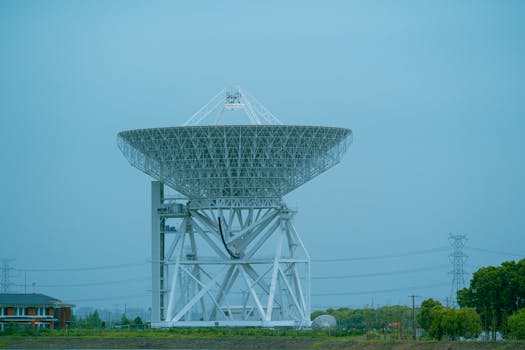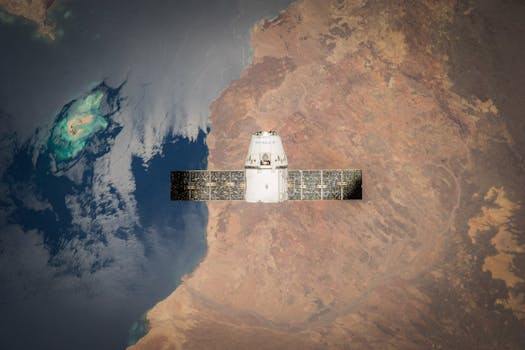Satellite Telecommunications 2023: What’s New and What’s Next? Focus Keyword: Satellite Telecommunications

Satellite Telecommunications 2023: What’s New and What’s Next? Focus Keyword: Satellite Telecommunications
The satellite telecommunications industry is rapidly evolving, with new technologies and innovations emerging in 2023. As we move forward in this digital age, the demand for fast, reliable, and global connectivity is increasing. Satellite telecommunications play a crucial role in meeting this demand, providing internet access to remote and underserved areas, as well as enabling global communication networks.
Current State of Satellite Telecommunications

Satellite telecommunications have come a long way since the launch of the first commercial communications satellite, Intelsat 1, in 1965. Today, there are thousands of satellites in orbit around the Earth, providing a wide range of services, including television broadcasting, telecommunications, and navigation. The industry has seen significant growth in recent years, driven by advances in technology, decreasing costs, and increasing demand for satellite-based services.
One of the key trends in the satellite telecommunications industry is the rise of low-Earth orbit (LEO) constellations. These constellations consist of thousands of small satellites that work together to provide global coverage and high-speed internet connectivity. Companies such as SpaceX, OneWeb, and Amazon Kuiper Systems are investing heavily in LEO constellations, with the goal of providing fast, affordable, and reliable internet access to underserved communities around the world.
What’s Next for Satellite Telecommunications?

As the satellite telecommunications industry continues to evolve, we can expect to see a number of exciting developments in the coming years. One of the most significant trends will be the increasing use of 5G technology in satellite communications. 5G will enable faster data transfer rates, lower latency, and greater connectivity, making it possible to support a wide range of applications, including IoT, autonomous vehicles, and smart cities.
Another area of innovation in satellite telecommunications is the development of new satellite technologies, such as phased array antennas and advanced propulsion systems. These technologies will enable the creation of more efficient, flexible, and cost-effective satellites, which will be essential for supporting the growing demand for satellite-based services.
In addition to these technological advancements, the satellite telecommunications industry is also expected to see significant growth in the coming years, driven by increasing demand for satellite-based services, particularly in emerging markets. According to a report by Euroconsult, the global satellite telecommunications market is expected to grow from $12.8 billion in 2020 to $23.4 billion by 2028, representing a compound annual growth rate (CAGR) of 7.4%.
Challenges and Opportunities

While the satellite telecommunications industry is poised for significant growth and innovation, there are also a number of challenges that must be addressed. One of the biggest challenges is the issue of space debris, which poses a significant threat to the long-term sustainability of satellite operations. As the number of satellites in orbit increases, so does the risk of collisions and the creation of debris, which can have serious consequences for the entire satellite industry.
Another challenge facing the satellite telecommunications industry is the need for greater regulatory clarity and cooperation. As the industry continues to evolve and grow, there is a need for more effective regulation and coordination to ensure that satellite operations are safe, secure, and sustainable. This will require greater cooperation between governments, industry stakeholders, and other interested parties to develop and implement effective regulatory frameworks and standards.
Despite these challenges, the satellite telecommunications industry is full of opportunities for innovation and growth. As the demand for satellite-based services continues to increase, companies and organizations are investing heavily in new technologies and infrastructure to support the development of this industry. Whether it’s providing internet access to remote communities, supporting the growth of IoT, or enabling global communication networks, satellite telecommunications have the potential to make a significant impact on the way we live, work, and communicate.
See more:



